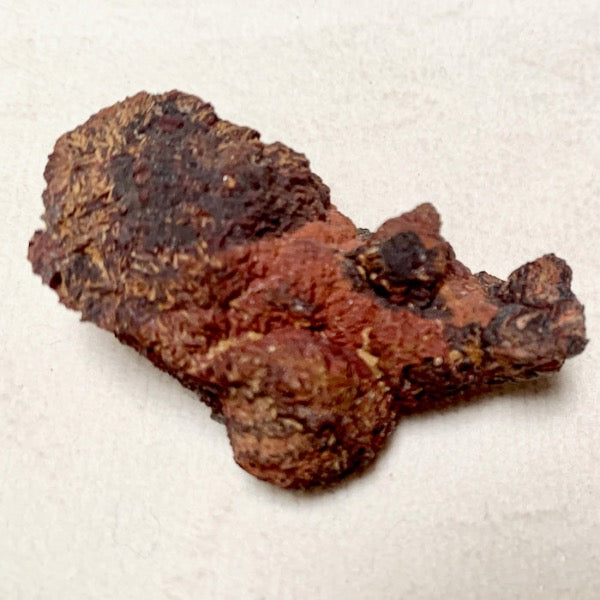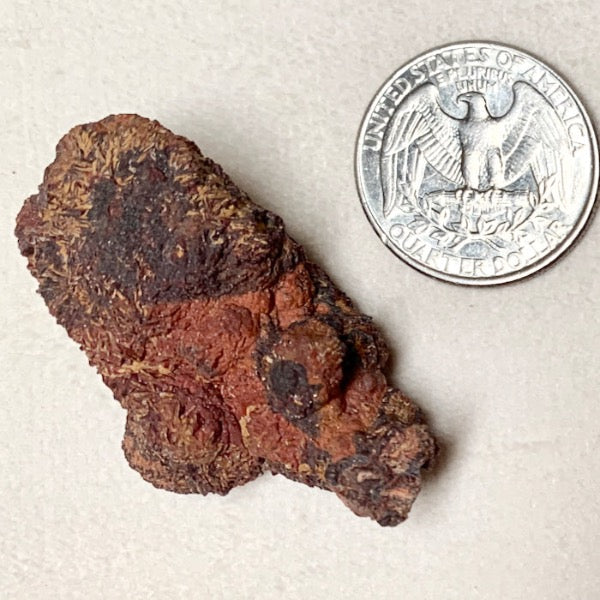Cassiterite
Cassiterite is the primary ore of tin. Its formula is SnO2
Some varieties of cassiterite are also known as “wood tin.”
Discover more about cassiterite HERE (mineralogy & geology; spiritual, metaphysical & healing properties)
Cassiterite "Wood Tin" (Catron Co., New Mexico)
- Regular
- $30.00
- Sale
- $30.00
- Regular
-
Sold Out
- Unit Price
- per
Showing items 1-1 of 1.


